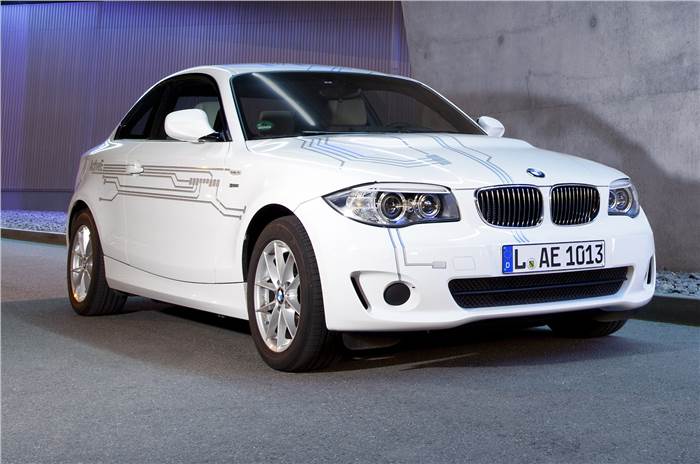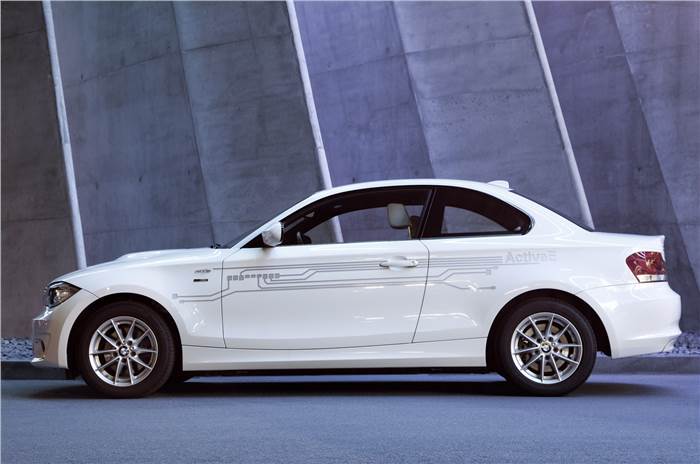The first electric BMW appeared at the 1972 Munich Olympic games. A pair of cars based on the 1602 saloon were used as camera cars and as official vehicles for the Olympic organising committee.
Its lead batteries gave a maximum range of 60km, at a constant 50kph, but weighed 350kg. As it was mounted on a pallet in the engine bay, the battery pack could be swapped for a charged unit. The 1602 'Elektro' had a top speed of 100kph and used regenerative braking, with the electric motor acting as a generator.
The E30 325iX was a result of the development undertaken by BMW following the 1602. It used more efficient sodium-sulphur batteries and was tested on a special rig to measure range, performance, and to manage the drive systems.
With three times the energy density of lead-acid batteries, the sodium-sulphur items in the 325iX weighed less than previously (265kg) and could send the car further (150km in city traffic). Eight 325iX models were made, and trialled throughout Germany.
Encouraged by the first two projects, BMW began work on a bespoke EV, with none of the compromises associated with converting a regular saloon. Unveiled at the 1991 Frankfurt motor show, the E1 was designed as a lightweight and efficient urban electric vehicle.
Extruded aluminium was used in its construction and it could be charged in six hours from a domestic power supply.
BMW claimed a range of 161km for the E1, with peak torque rated at 15.3kgm and power at 43bhp. Just five E1 prototypes were made, with an American-spec version unveiled in 1992.
A second-generation E1 was revealed at Frankfurt in 1993. It boasted greater efficiency and durability thanks to the use of a sodium-nickel chloride battery, known as the ZEBRA battery.
The powertrain reached production in 25 E36 3-series saloons. Eight were involved in real-world trials between 1992 and 1996 on the island of Rugen, gathering data on customer use, battery life and motor reliability.
A further six were used by the Bavarian state Government. Significant improvements to battery performance were made during these trials. Power outputs rose to 60bhp, the weight of the electric motors (including transmission) was reduced to 65kg, and quick charging allowed a 75 percent charge in 40 minutes.
A second batch of E36-based cars (the yellow models) were used mainly by the technical departments at BMW between 1995 and 1997.
The Mini E was the first BMW electric vehicle to use lithium-ion batteries in 2008, with huge advances in range, power and durability; its claimed 0-100kph time was just 8.5sec.
Over 600 electric Minis were subjected to customer trials in America and Europe to further BMW's understanding about usage and everyday practicality. The findings have been incorporated into the development of the i3. The Mini E was also leased with a wall box charger, allowing a full battery charge in 150 minutes.
Based on the 1-series coupé, the Concept ActiveE trialled the technology for BMW's MegaCity Vehicle (MCV), to become the i3. Built in 2010, a test fleet of 1000 were dispatched into service in 2011.
The latest lithium-ion batteries allowed for a 0-100kph time of nine seconds while retaining a range of 161km, identical to the lightweight E1 concept.






Comments
Member Login
Personal Details
No comments yet. Be the first to comment.